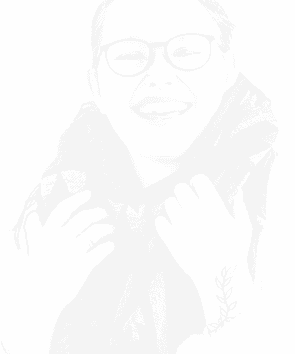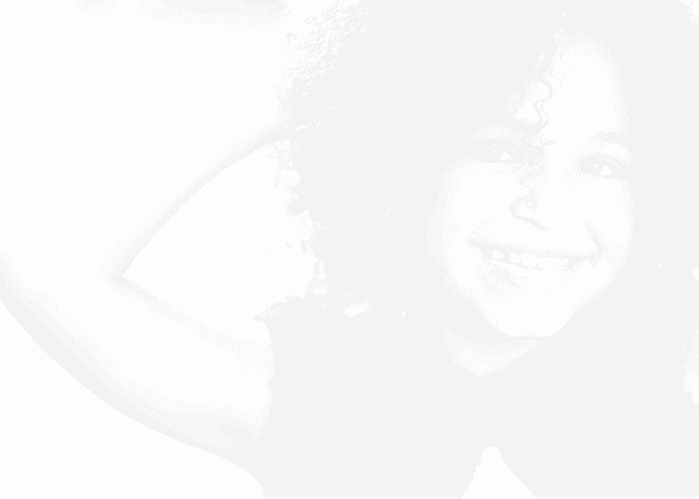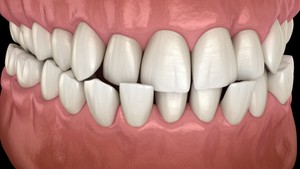A crossbite is a dental misalignment where one or more of your upper teeth sit inside your lower teeth when your mouth is closed. This condition can appear in the front or back of the mouth and can lead to various oral health issues if not addressed.






Save $250 off braces or Invisalign!*
Schedule your appointment online.
A crossbite is a dental misalignment where one or more of your upper teeth sit inside your lower teeth when your mouth is closed. This condition can appear in the front or back of the mouth and can lead to various oral health issues if not addressed. Understanding crossbites is crucial for maintaining a healthy smile and overall dental function. This article explores the different types of crossbites, what causes a crossbite, common signs and symptoms, and effective treatment options. Additionally, we’ll discuss the importance of consulting an orthodontist for personalized care and solutions tailored to your needs.
What Is a Crossbite?
A crossbite occurs when one or more upper teeth bite down inside the lower teeth, leading to a misaligned bite. This condition can affect both children and adults and may result from genetic factors, improper jaw development, or habits like thumb sucking. Crossbites can cause uneven wear on teeth, jaw discomfort, and even more serious dental issues if left untreated.
There are two main types of crossbites: anterior and posterior. An anterior crossbite happens when the upper front teeth are positioned behind the lower front teeth, affecting both speech and aesthetics. In contrast, a posterior crossbite involves the back teeth, where the upper molars sit inside the lower molars, potentially leading to jaw misalignment and discomfort during chewing.
Visual examples can greatly enhance understanding. In cases of anterior crossbite, the lower front teeth may appear more prominent while the upper teeth seem to be set back. For posterior crossbites, you might notice a misalignment when looking at the back of the mouth, where the upper teeth do not align correctly with the lower teeth. Recognizing these visual cues can help in seeking appropriate orthodontic evaluation and treatment.
Types of Crossbite
Crossbites are classified based on their location and characteristics, helping patients identify their specific condition and seek appropriate treatment.
An anterior crossbite occurs when one or more upper front teeth are positioned behind the lower front teeth when biting down. This misalignment can result in an uneven bite, leading to issues like tooth wear, gum disease, and jaw discomfort. Patients with an anterior crossbite often face challenges with proper chewing and may exhibit an unbalanced facial appearance.
A posterior crossbite refers to a situation where one or more upper back teeth are positioned inside the lower back teeth. This misalignment can cause similar problems, such as uneven wear on teeth and jaw strain. Patients may notice discomfort when chewing or find themselves unconsciously shifting their jaw to achieve a more comfortable bite.
Besides anterior and posterior crossbites, there are other variations. A unilateral crossbite affects only one side of the mouth, while a bilateral crossbite involves both sides. Crossbites can also be classified as dental or skeletal, depending on whether they are caused by tooth positioning or jaw discrepancies. Recognizing these variations is vital for effective diagnosis and treatment planning.
What Causes a Crossbite?
Crossbites can result from various genetic and environmental factors. Understanding what causes a crossbite is essential for effective treatment and prevention.
Genetic factors play a significant role in developing a crossbite. If one or both parents have had orthodontic issues, their children are likely to experience similar problems. Genetic predisposition can affect the size and shape of the jaw and teeth, leading to misalignment that manifests as a crossbite.
Environmental factors and habits can also contribute to the formation of a crossbite. Prolonged thumb sucking, tongue thrusting, or mouth breathing during childhood can interfere with the natural development of the teeth and jaw, creating imbalances in the dental arch and resulting in misaligned teeth as the child grows.
Early dental development is crucial in crossbite formation. Premature loss of primary teeth or delayed eruption of permanent teeth can disrupt the normal alignment of the dental arch. This misalignment can lead to a crossbite if the surrounding teeth do not erupt in the correct position. Regular dental check-ups are essential to monitor the development of teeth and identify potential issues early on.
By understanding what causes a crossbite, patients can take proactive steps towards prevention and treatment. At Uncommon Orthodontics, we offer a range of solutions tailored to each individual’s needs, ensuring optimal dental health and alignment.
Signs and Symptoms of Crossbite
Crossbite is a common dental issue that can manifest in various ways. One of the most noticeable symptoms is the misalignment of the teeth, where the upper and lower teeth do not properly align when the mouth is closed. This misalignment can lead to other symptoms, such as uneven wear on the teeth, jaw discomfort, and even headaches. Some individuals may also experience difficulty when biting down or chewing, as the misalignment can interfere with a smooth biting motion.
In addition to affecting chewing, a crossbite can impact speech. Those with this condition may struggle with certain sounds, leading to slurred or unclear speech. It’s not uncommon for individuals to feel self-conscious about their speech patterns, which can affect their confidence in social situations.
If left untreated, a crossbite can lead to more serious long-term consequences. Over time, the misalignment can cause significant wear and tear on the teeth, potentially leading to dental decay or the need for more extensive treatments. Additionally, chronic jaw pain or temporomandibular joint (TMJ) disorders may develop due to the added strain on the jaw muscles. Addressing crossbite early on is essential to prevent these complications and to promote optimal oral health.
Treatment Options for Crossbite
Treating a crossbite is crucial for ensuring proper alignment of the teeth and jaw, which can prevent further dental complications. Various orthodontic treatments are available, primarily focusing on the use of braces and aligners. Braces are traditional appliances that use brackets and wires to gradually shift teeth into their ideal positions. Aligners, on the other hand, offer a more discreet option, utilizing clear, removable trays that can effectively correct crossbites without the visibility of metal braces.
In cases where a crossbite is severe and cannot be adequately addressed through orthodontics alone, surgical options may be necessary. Surgical intervention aims to realign the jaw and ensure a proper bite. This approach is usually reserved for adults or older teens whose jaw growth has completed, making it essential to consult with an orthodontist for a comprehensive evaluation.
Importantly, early intervention plays a significant role in the successful treatment of crossbites. Regular dental check-ups are vital for monitoring the development of the teeth and jaw, allowing for timely action if a crossbite is detected. By addressing these issues early, it is often possible to achieve optimal results with less invasive treatment options, ultimately leading to a healthier, more confident smile.
Consulting an Orthodontist
When seeking treatment for a crossbite, an orthodontic consultation is a crucial first step. During this initial visit, you can expect a comprehensive evaluation of your teeth and jaw alignment. The orthodontist will likely take digital X-rays, photographs, and impressions to assess your bite and determine the most effective treatment plan tailored to your needs.
Asking the right questions can help you better understand your condition and treatment options. Consider inquiring about the severity of your crossbite, the recommended treatment methods, and the expected duration of the process. Additionally, ask about any potential side effects or complications that could arise during treatment. Understanding these aspects will empower you to make informed decisions regarding your dental health.
The role of an orthodontist in crossbite treatment is pivotal. They are trained to diagnose and treat various dental misalignments, including crossbites. Using advanced techniques and tools, orthodontists can create a plan that may involve braces, clear aligners, or other appliances to correct your bite. Their expertise ensures that your treatment is not only effective but also comfortable, leading to improved oral health and a more confident smile.








